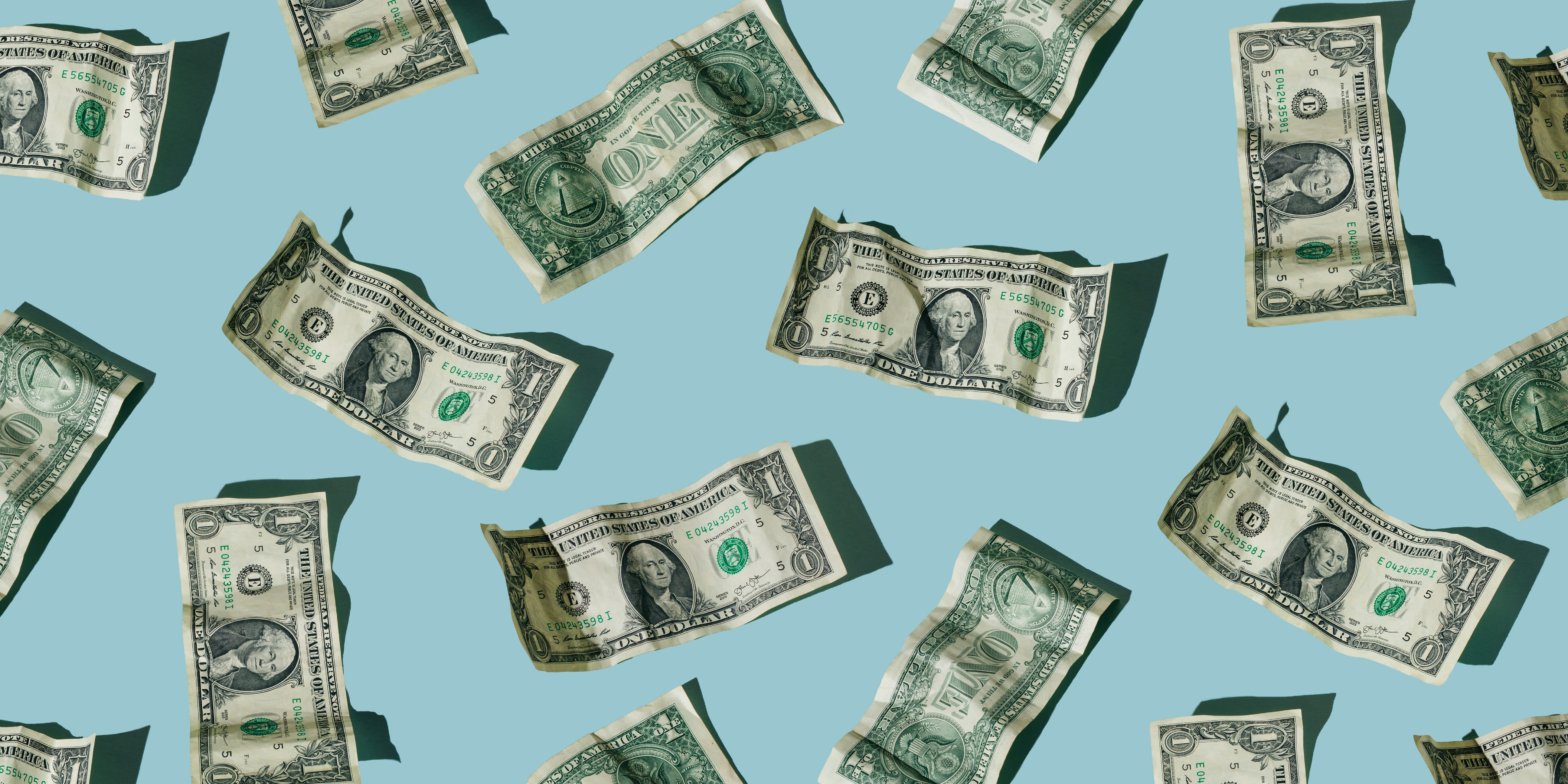Goldman Sachs said the odds of a recession in the next 12 months have fallen to 20% from 25% earlier. It cited encouraging economic data, such as consumer sentiment and slowing inflation. The bank expects only one remaining interest rate hike in the Federal Reserve’s tightening cycle. Loading Something is loading.
Thanks for signing up!
Access your favorite topics in a personalized feed while you’re on the go.
Goldman Sachs is more bullish on a soft landing for the US economy, citing encouraging inflation data.
In a note on Monday, the bank’s chief economist, Jan Hatzius, put the odds of a recession in the next 12 months at 20%, down from an earlier estimate of 25%.
“The main reason for our cut is that the recent data have reinforced our confidence that bringing inflation down to an acceptable level will not require a recession,” he wrote.
Though this is still above the postwar average of 15%, Goldman’s new outlook is well under the median forecast on Wall Street, currently standing at 54%.
The Federal Reserve’s aggressive rate hikes for more than a year raised fears that the central bank would sink the economy amid its fight to bring inflation down to its 2% target.
But the latest consumer price index showed inflation had cooled to a 3% pace in June, down from last year’s peak of 9%.
And encouraging CPI data is not a trend set to fizzle out, as fundamental signals highlight further disinflation to come, Hatzius said:
“Used car prices are sliding on the back of higher auto production and inventories, rent inflation still has a long way to fall before it catches up with the message from median asking rents, and the labor market has continued to rebalance with an ongoing downtrend in job openings, quits, reported labor shortages, and nominal wage growth.”
Meanwhile, Goldman is also putting less emphasis on the inverted yield curve, a traditionally reliable indicator of an approaching recession.
The curve, which compares long-term and short-term Treasury yields, often flips when bond traders see recession-prompted Fed cuts on the horizon.
But in today’s cycle, it may be misguided, due in part to the possibility that the Fed may cut rates to respond to slowing inflation, not a recession, Hatzius said. To add, the inversion could also stem from an overtly pessimistic sentiment among investors.
Beyond the US, Goldman also noted that developing economies are likely to achieve a soft landing, as many emerging markets have already done so amid more challenging headwinds. Countries such as Brazil, Poland, and Chile have all undergone significant inflation drops without large hits to employment or output.
For the US, the bank forecast only one remaining interest rate hike, in line with what a majority of investors expect. But while a recession can be avoided, some slowdown is still likely:
“We do expect some deceleration in the next couple of quarters, mostly because of sequentially slower real disposable personal income growth — especially when adjusted for the resumption of student debt payments in October — and a drag from reduced bank lending,” Hatzius wrote. “But the easing in financial conditions, the rebound in the housing market, and the ongoing boom in factory building all suggest that the US economy will continue to grow, albeit at a below-trend pace.”
